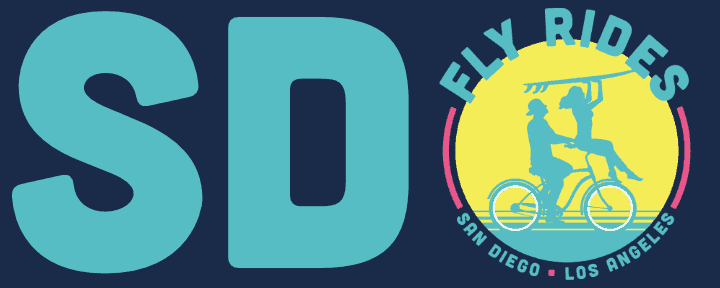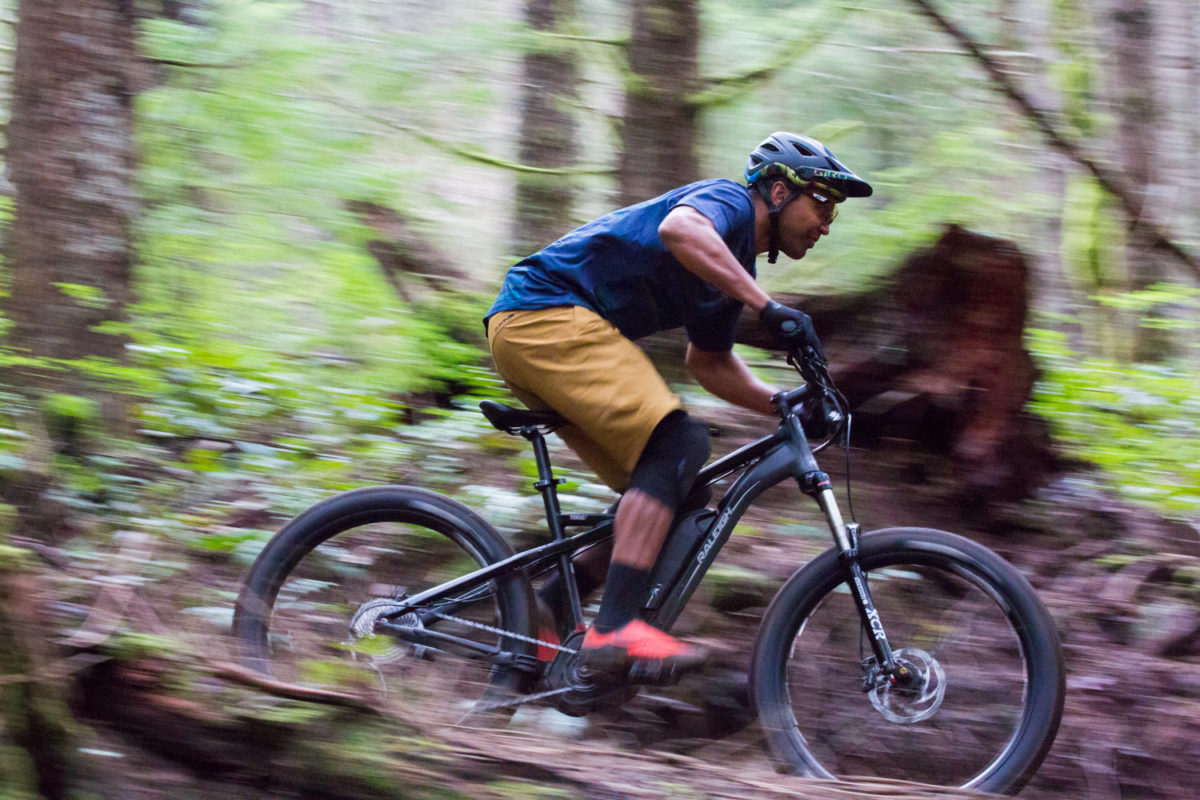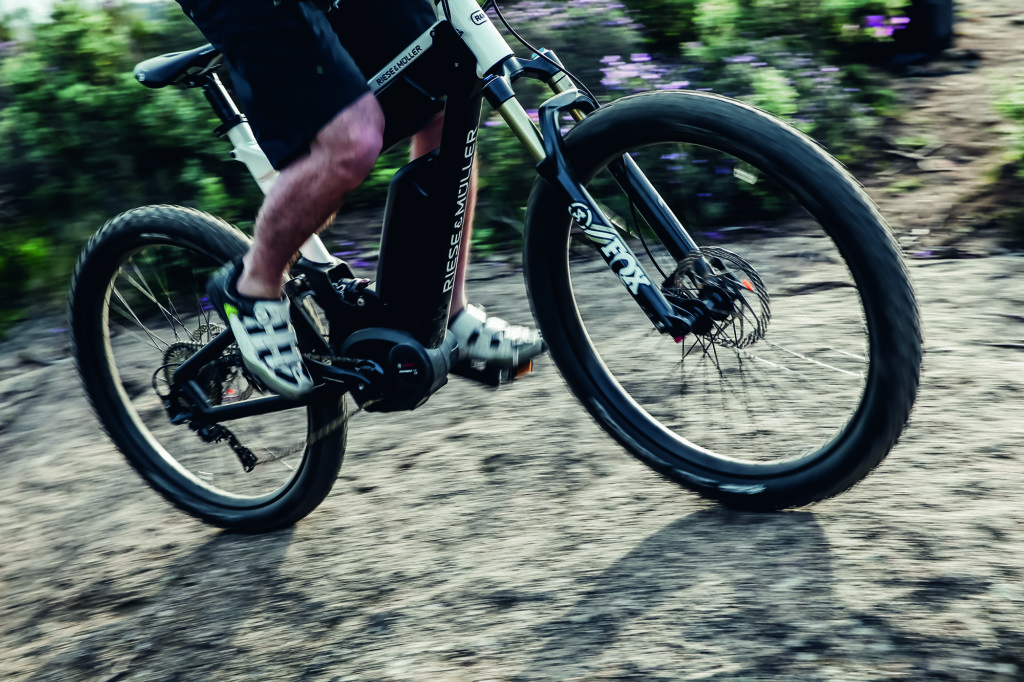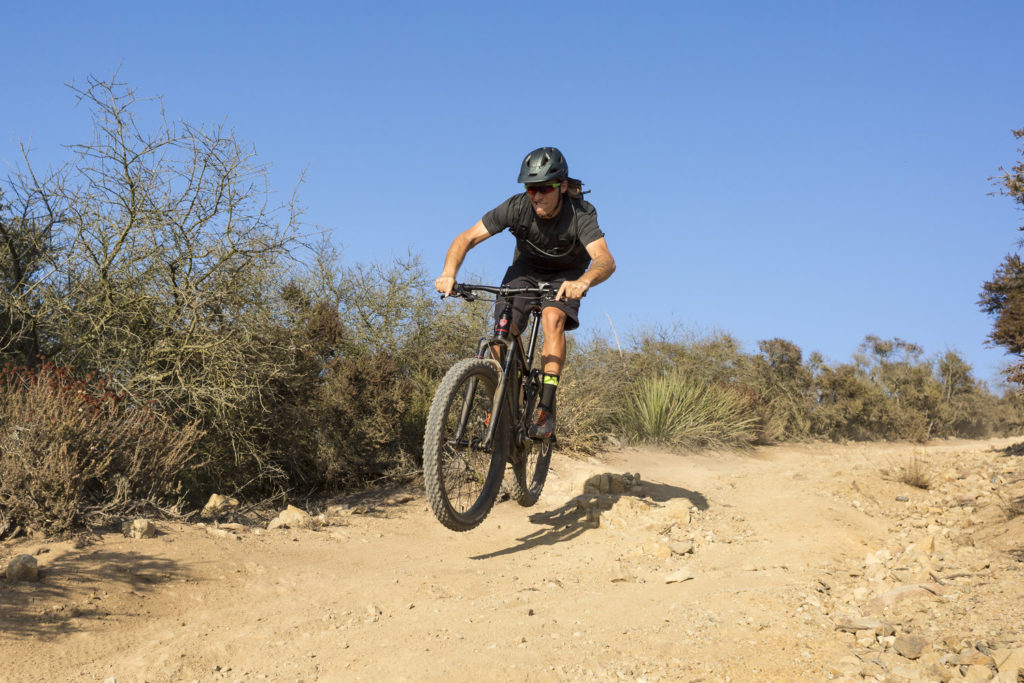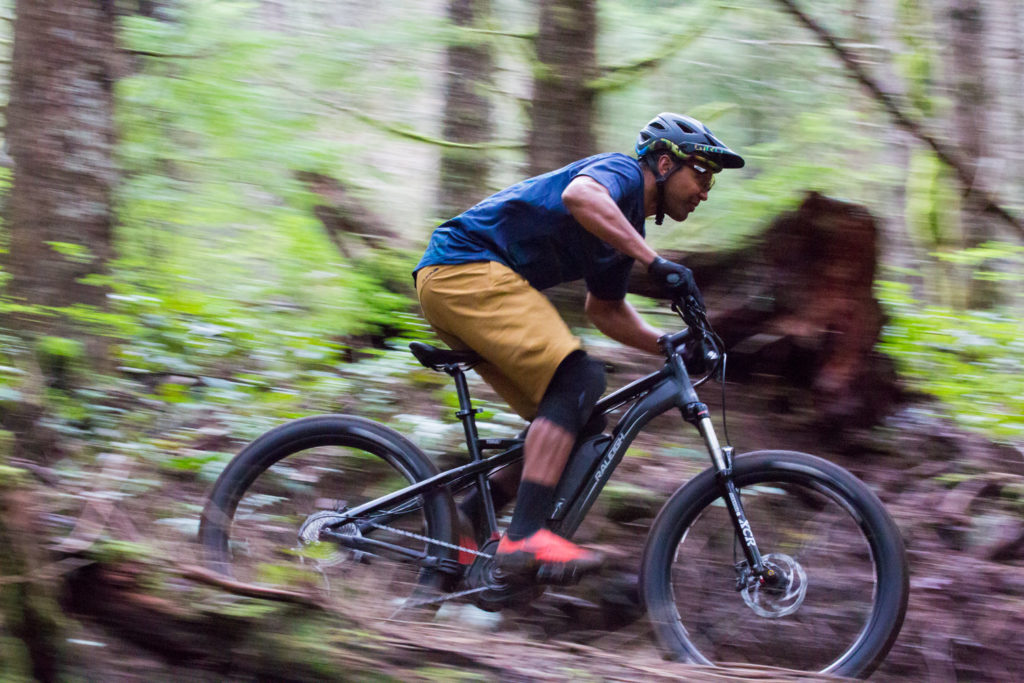There is no doubt that the market for electric mountain bikes is growing fast year over year, which brings in new component technologies and electric drive systems. The purpose of this article is to give you the necessary information to purchase a capable electric bike for trail and mountain cycling. There are several factors to keep in mind when choosing the right electric mountain bike. The most important factor is the terrain you’ll be riding. But first, let’s explore the ins and outs of an electric mountain bike.
What is an Electric Mountain Bike?
Simply put, an electric mountain bike is a mountain bike that is electrically assisted. Just like regular mountain biking (MTB) bicycles, electric mountain biking (eMTB) bikes typically have front fork suspension and advanced bikes also have rear suspension. eMTB bicycles are equipped with mid-drive, or center-drive, motors coupled to a power pack. Older eMTB models came with bulky hub motors. This is no longer a viable option as mid-drive motors are lighter and they lower the bicycle’s center of gravity, improving balance. Most eMTB bikes come with at least 400 watt-hour (Wh), 36Volt battery packs. eMTB bikes give you the option to turn off the motor when not needed and can be ridden like a normal mountain bike if preferred, albeit with the added weight of a lithium-ion battery and motor. Most eMTB bikes have the same components as their non-electric counterparts but many reputable brands, like SRAM and Shimano, are starting to manufacture e-bike specific components.
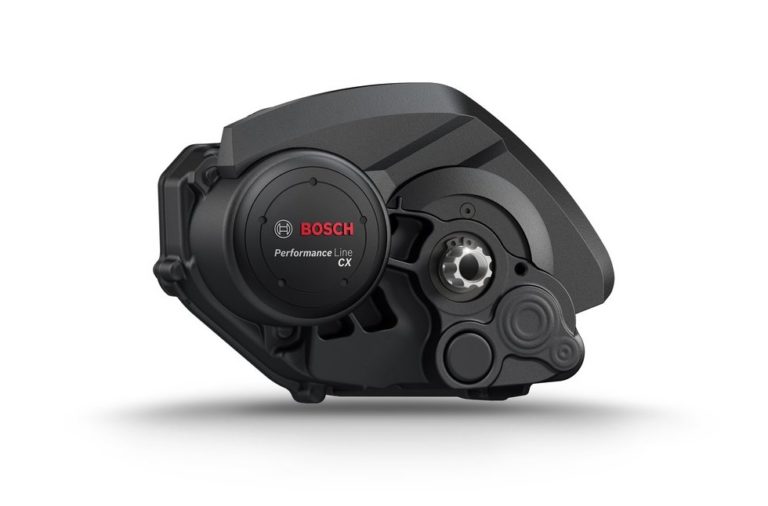
Electric Bike Motor Systems
If you’re coming from the MTB world, then all you really need to learn are the different motor systems to match the type of riding you will be doing. Before diving into brands, you need to know about the different types and classes of eMTB motors.
Hub vs Mid-drive Motors
There are two main types of motors available for electric bikes, but one stands out on top for eMTB bikes. Hub motors were the first bike motors on the market, but mid-drive motors are now the best and safest motors for eMTB.
The Hub motor, or wheel-motor, is a motor that the tire, rim and spokes are attached to and is usually the rear wheel. Due to its uneven weight distribution towards the rear of the bike, hub motors are not ideal for eMTB. They are also known for overheating when used during long climbs.
Class 1
You will most likely search for Class 1 eMTB bikes as they are the most common class on the market. This includes motors that do not exceed 750 watts (1.01hp) and reach a top speed of 20 mph. They also do not have a throttle and require pedaling to engage the motor, regardless of motor type. These are commonly referred to as pedalec bikes.
Class 2
Class 2 e-bikes are throttled bikes and the motor can exceed 750 watts. Most Class 2 e-bikes have hub motors and the maximum speed is speed 20 mph. Due to higher wattage that can lead to overheating throttled hub motors, Class 2 bikes are not allowed on most trails.
Class 3
Class 3 e-bikes are any bike that assists the rider up to 28 mph. In many states, like California, you are required by law to wear a helmet. You are also forbidden to ride on Class 1 trails. Several manufacturers make full-suspension Class 3 e-bikes, but these are typically suited for commuters who encounter rough terrain on the way to work.
Motor Brands
For the purpose of eMTB, we will focus on the top 4 mid-drive motor brands available in the United States.
Bosch
Bosch offers the widest range of mid-drive motors with 5 useful variants. The best model for eMTB is the Bosch Performance CX motor, which offers 75Nm of torque over a sustained power curve. Bosch motors offer 4 power modes: ECO, TOUR, eMTB and TURBO. The Bosch Performance CX motor takes you up to 20mph and offers shift detection, letting you know when to shift to a higher or lower gear with clear arrow indicators on the display screen. The eMTB mode allows you to better climb slippery and loose terrain without worrying that the motor will make the rear wheel slip. The Bosch Performance CX motor is arguably the most well-rounded motor suitable for climbing steep terrain to riding gravel fire trails.
Brose
Another German mid-drive motor maker, Brose, offers the quietest mid-drive motor on the market. It is a belt-driven system, which contributes to its whisper-quiet drive and offers 90Nm of torque. This motor also offers 4 power modes indicated by 1 to 4 square lights on the display. The Brose 250W motor can assist riders up to 20mph. It’s only drawback is that at higher speeds, the power curve tends to flatten out. Due to its placement on the bike, Brose motorized bikes come with typical size chainrings and can accomodate two chainrings for greater gear ratios. Brose motors are great for riders who have a higher cadence.
Shimano
Shimano is arguably the biggest bicycle components maker in the world and it is no surprise that they offer a mid-drive motor. The new Shimano STEPS MTB also known as the Shimano STEPs E8000 is a compact system, which allows for eMTB bike manufacturers to put smaller chainstays for lower center of gravity, giving the rider the experience of a typical mountain bike. Contrary to the other systems, the STEPS MTB system only has three power modes: ECO, TRAIL and BOOST. Although it offers the lowest torque motor on the market, it is also the lightest. Like the Brose motor, it allows for multiple chainrings for wider gear ratios. Shimano motors are great for cyclists who want a bike that resembles a regular MTB bike in regards to geometry.
Yamaha
Yamaha has three eBike motors on the market, but the new PW-X motor is best suitable for mountain biking over their older Yamaha PW motor. Lighter and quicker to respond over the PW motor, the PW-X system offers 5 color-coded support modes: +ECO, ECO, STD, HIGH, and EXPW. EXPW is Extra Power mode and unleashes 80Nm of torque when you need it on those long, steep hills. Also like the Shimano and Brose motors, you can equip your eMTB bike with multiple chainrings. The new Yamaha motor is ideal for the techie who wants to track stats via bluetooth connectivity.
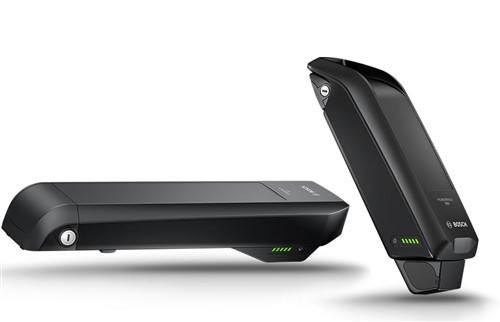
Batteries
Most e-bike motors come with a battery that is installed on top of the bottom tube. However, more eMTB mid-drive motor manufacturers are releasing in-tube batteries, which lower the center of gravity and give the bike a sleeker look. In 2018, look out for Bosch’s PowerTube battery, Brose’s down-tube battery pack, and Shimano’s STEPS integrated battery. Don’t care for the battery placement? Then look for a Lithium Ion (Li-Ion) power pack that comes with at least 500 watt-hours. Some manufacturers, like Brose, offer single battery packs with 650Wh and other brands, like Bosch, offer dual-battery packs that combined will give you 1000Wh!
Where Are You Riding?
If you’re new to mountain biking in general, then you must first figure out the terrain you will be riding. Your terrain will dictate whether you need bigger wheels or wider tires, fork suspension only or a full-suspension rig. The following section will help you figure out the type of bike you need for the terrain you will be riding.
Gravel Roads & Trail Riding
Forks
For hilly trails and winding gravel roads, you will need a front suspension fork to absorb the bumpy terrain. Although a rear-suspension eMTB bike can perform well on gravel backroads, they are not truly necessary. Look for fork suspension with at least 120mm of travel made by these trustworthy manufacturers: SR Suntour, RockShox, or FOX. SR Suntour forks are typically entry level forks that will save you money on the entire bike where RockShox and FOX offer top-of-the-line suspension. For fire roads and gravel trails, the SR Suntour XCT, RockShox Yari, and the FOX 32 Float are more than capable to give you a more enjoyable ride.
Tires
Tires are arguably the most important part of the bike as it connects you to the ground. On rolling hills and gravel roads, you don’t necessarily need to go with an ultra aggressive tread or mega wide tire. 29 inch or 27.5 inch wheels are great for trails as they typically have better angle-of-attack. This means that the larger the wheel, the smaller the angle is needed to go over an obstacle, like a rock or tree root, which makes you go faster over rough terrain. With regular MTB bikes, 29ers have slower acceleration due to the larger size, but with eMTB bikes, 29ers are ideal for trail riding and gravel roads. The width of the tire depends on the climate. If you are in bad terrain with lots of rain, going to a 27.5+ size tire – anything larger than 2.8 inches – may be something to consider. Hard-packed dry trails don’t require ultra knobby wide tires where wet, snowy terrain will require knobby wide tires.
You will also have the option between using a tube or going tubeless. All bikes come with tubes initially, but higher-end eMTB bikes will come with tubeless-ready rims and tires and are easy to convert to a tubeless system. If you’re up to changing the occasional tube on the trail, then sticking to the original tube system is great for the occasional rider. For serious riders, going tubeless and adding a sealant to your wheels will give you peace of mind on the trails, knowing that the sealant will clog up holes you can get from goatheads and nasty thorns.
One of our recent customers, Michelle S., rides a BULLS Six50 E 1.5 rigid frame with a 120mm travel SR Suntour fork suspension because that’s all she needs to ride fire trails around Puddingstone Reservoir in southern California. She uses the Class 1 Bosch Performance CX motor when climbing and the bike is equipped with wider 27.5 x 2.6 inch tires to keep her firmly on the ground when descending gravel trails.
Single-track Trail Riding
Single-track trail riding is defined as a one-way road that cannot be accessed by road vehicles and is narrower than fire roads and gravel backroads. Single-track trails are usually part of a large network of trails in the park, are usually 6 inches to a foot wide, and they offer rougher terrain, like roots, tabletops and rock gardens. They are a lot more windy and allow for a faster flow on the descent.
Suspension & Tires
As we mentioned above, fork suspension and tires will play a big role in the comfort and safety of riding single-track trails. For single-track riding, we suggest at least 150mm of fork and rear suspension and 27.5 inch tires with a width of at least 2.35 inches. The wider the tire, the lower the pressure you can use so you can grip the ground better at higher speeds. 27.5+ tires are ideal for single-track eMTB bikes as they offer the best grip for a wider range terrain.
Rear suspension is highly recommended for single-track as it would help absorb the bigger bumps and jumps on the road, making you less fatigued throughout your ride. Most eMTB bikes come with multi-pivot linkages that help the rear wheel stay planted to the ground, however, single-pivot link rear suspension eMTB bikes are less expensive and you don’t have to worry about maintaining multiple bearings at each pivot point.
Dropper Seatposts
Consider getting a bicycle equipped with a dropper seatpost so that you can lower your saddle on the fly. What’s a dropper seatpost? A dropper seatpost is a seatpost that can be lowered and raised by a remote on your handlebar. It helps the rider lower their saddle and get it out of the way when descending steep terrain. It helps you lower your center of gravity to prevent going over the handlebar when descending uneven and steep trails. We recommend seatposts with at least 120mm of travel from these manufacturers: KS, RockShox or RaceFace. The KS Lev, RockShox Reverb and RaceFace Turbine are our favorites.
John B., our first Haibike Xduro AllMtn RX customer, purchased an eMTB bike for single-track riding because he was experiencing knee pain when climbing with his older MTB bike. John purchased a full-suspension trail bike to continue doing what he loves to do, spending time with his wife outdoors. The Haibike AllMtn RX has FOX suspension, 150mm of travel for both fork and rear-suspension, a KS Lev dropper seatpost, and knobby 27.5 inch tires. This bike is more than capable to tackle narrow bumpy roads and powerful enough to get you up and over the next obstacle.
Long-distance Trail Riding
Long-distance eMTB bikes are capable of taking you over 50 miles on a single charge, and some bikes can take you over 100 miles! For long-distance trail bikes, look for a system that offers over 500Wh of battery, like the dual-battery system of Bosch that offers two 500Wh PowerPacks. Brose offers a 650 battery pack that can easily take you over 50 miles on a single charge at optimal conditions. Suspension for long-distance riding is great to prevent soreness and fatigue during those long rides. 150mm of travel is plenty of suspension for the long haul.
Michael H. purchased a Riese & Mϋller Delite Mountain Rohloff with DualBattery so he can cover more distance during his trips through Moab. This eMTB bike comes with a FOX Float 34 Performance Boost fork, 150mm of travel for both fork and single-pivot rear suspension, wide and knobby 27.5 inch tires, and 1000Wh of power. It helps Michael cover 100 miles of the beautiful Moab trails in two days without needing to bring a power source with him to his campsite.
Downhill Riding
For downhill specific riding, suspension and brakes are critical for a fun and safe ride. We recommend at least 180mm of fork and rear suspension for downhill riding. You will be carrying extra weight and hit higher speeds, so more suspension will help you feel more confident behind the handlebars.
Brakes
Brakes are critical for all bikes, but especially for downhill riding. Most eMTB bikes come equipped with SRAM, Shimano or Magura hydraulic brakes with 180mm disc rotors. Most will be double piston brakes, but we recommend 4-piston caliper brakes with 203mm rotors for better stopping power. We recommend SRAM Code, Shimano Saint, or Magura MT7 4-piston brake systems for downhill riders.
Mario C. needed a fully capable bike to take down some gnarly terrain. The Haibike Xduro DwnHll 10.5 was his pick and this shred sled is capable of tackling any and all rough terrain, from sharp rocks to loose roots. With 200mm of travel on his FOX 40 Float Factory fork and FOX Float X2 Factory rear suspension, powerful Shimano Saint brakes and a low center of gravity Bosch mid-drive system, the Haibike DwnHll 10.5 gives Mario the confidence to descent quickly and safely.
When it comes to choosing an eMTB bike, like with most things, you get what you pay for. Lower-end models are typically set up for flatter terrain and are not tubeless-ready while mid-level to higher-end models have dropper seatposts installed, longer suspension travel and are tubeless-ready. Ultimately, you need to get a bike that is set up for the terrain you will ride the most. A short-travel full-suspension eMTB bike is capable of tackling gravel trails and long, rough terrain rides, but you will probably go a lot slower when descending than a longer suspension rig. Electric power systems will vary, but most mid-drive motors offer 250W of power and are coupled with at least a single 500Wh battery. Whether you decide on Bosch or Yamaha, Brose or Shimano, an eMTB-specific motor will bring you joy during the long climbs. You will be able to travel further and explore areas you’ve never been to!
If you’re here locally in SoCal, we’d recommend booking a performance eMTB rental and getting out on trails to see what it’s all about. If you end up purchasing from Fly Rides, we’ll be happy to credit the cost of the rental towards your purchase.
We know it can be hard to nail down which bike to go with, so don’t hesitate to reach out to Fly Rides with any questions. Everyone on the Fly Rides team is hooked on the riding eMTB’s and we love sharing the lifestyle with our customers.
Reach out to us online or call us at 619-888-3878.
